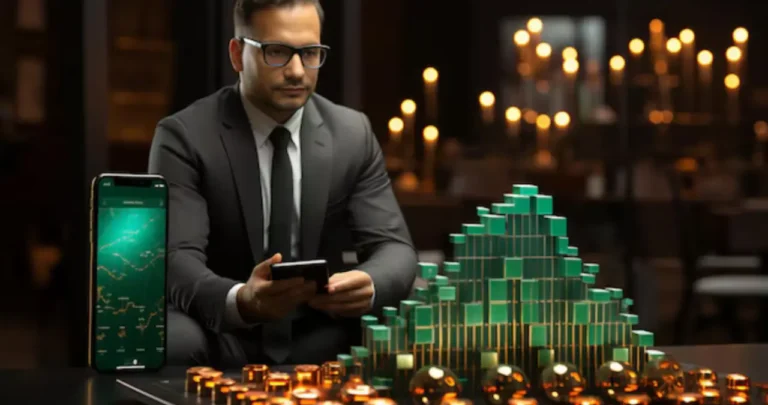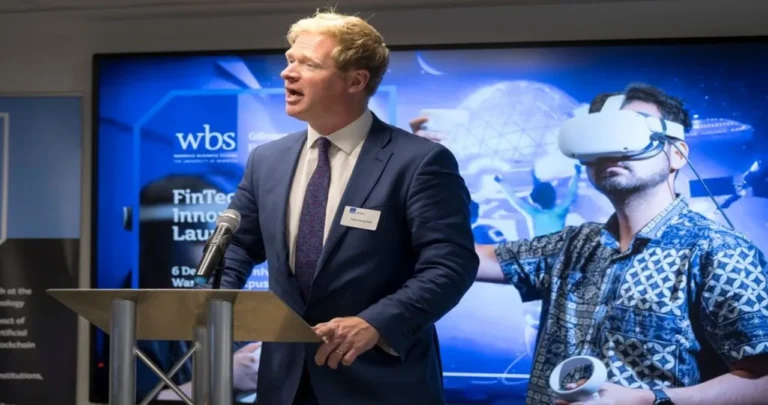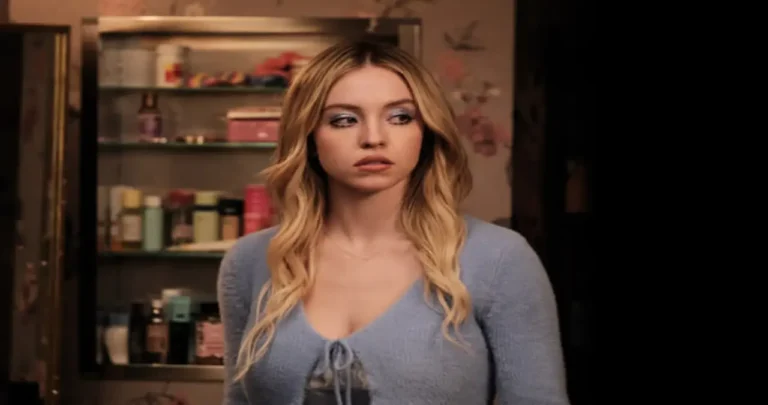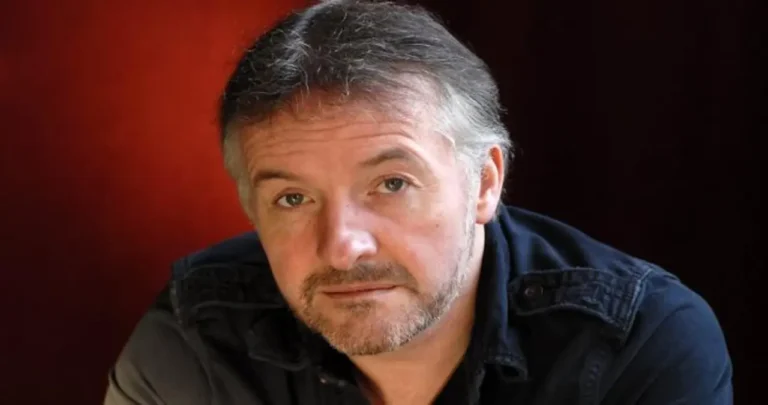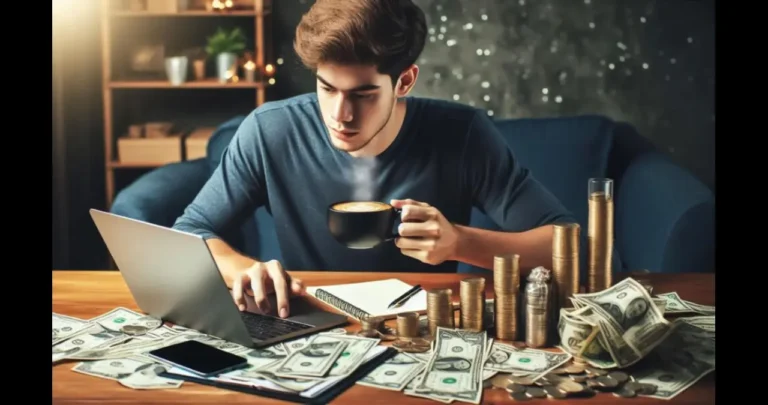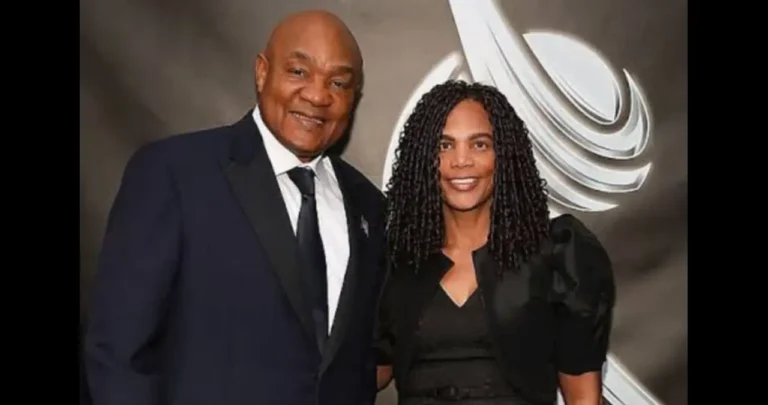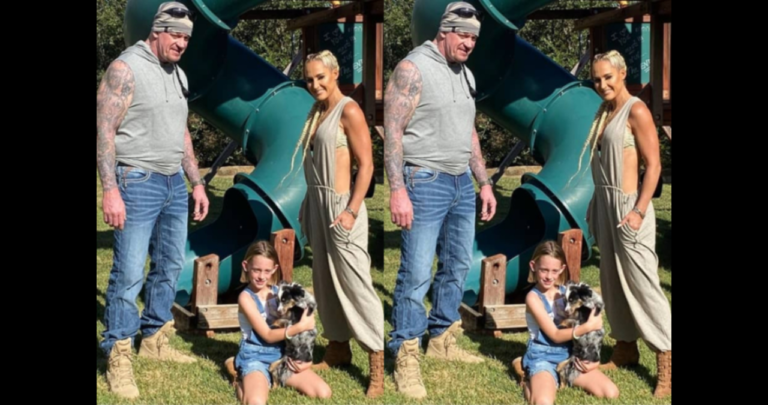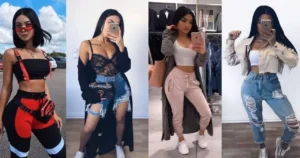Table of Contents
ToggleEmo fashion is more than just a clothing style; it expresses individuality, emotional vulnerability, and rebellion against mainstream trends. Born out of the post-punk and hardcore music scenes of the 1980s, emo culture became widely recognized in the early 2000s, marking a shift in music and fashion. fashion has shaped how we perceive alternative subcultures, from its iconic color palette to its unique hairstyles. In this article, we’ll deeply dive into the key elements of emo fashin trends and how they’ve evolved into a distinct style revolution that continues to influence modern fashion today.
The Origins of Emo Fashion
To understand fashion, it’s essential to understand its roots. The term “emo” is short for “emotional hardcore,” a genre of music that emerged in the mid-1980s, evolving from the hardcore punk scene. Bands like Rites of Spring and Embrace introduced more introspective and emotionally charged lyrics, setting the stage for the genre’s unique identity.
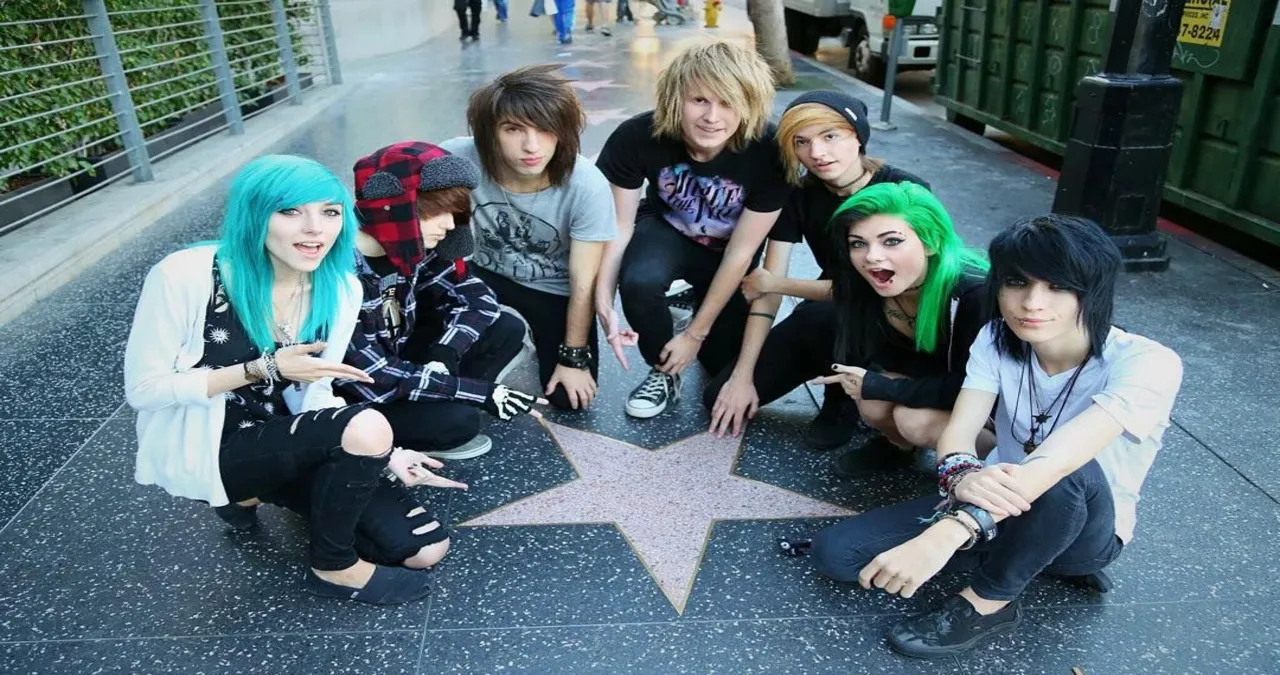
Emo Fashion By the late 1990s and early 2000s, emo music became more mainstream, with bands like My Chemical Romance, Dashboard Confessional, and Taking Back Sunday leading the charge. The emotional intensity of the music naturally lent itself to a dark, expressive, and deeply personal visual aesthetic—thus, fashion was born. It reflected a rebellion against mainstream culture and a desire to display the emotional weight of the music in a physical, highly stylized form.
Key Elements of Emo Fashion
- Color Palette: Black, Red, and Dark Tones
One of the most recognizable features of fashion is its dark and moody color palette. Black is the dominant color, often paired with deep red, purple, or grey shades. Dark colors symbolize the emotions usually conveyed in emo music—sadness, introspection, and melancholy. Black, in particular, has long been associated with rebellion, non-conformity, and emotional depth, making it a perfect choice for expressing emo culture’s inner turmoil and individuality.
- Layering and Tight-Fitting Clothes
Emo often involves layering multiple pieces of clothing to create a complex and expressive look. This could mean wearing a band tee under a hoodie or pairing a plaid flannel shirt with a skinny jacket. The layering technique visually and emotionally creates a sense of depth, representing the idea that there is more than meets the eye.
Tight-fitting clothes, especially skinny jeans, are a staple in emo fashin. These pants are often black, ripped, or adorned with studs, helping to accentuate the alternative look. The form-fitting nature of skinny jeans also emphasizes a lean, angular silhouette, which contrasts with more relaxed, mainstream trends of the time.
- Band Tees and DIY Aesthetic
Band t-shirts are another cornerstone of emo fashin. Wearing a t-shirt from an emo band or an iconic punk group demonstrates allegiance to the music and serves as a visual marker of identity within the subculture. Emo enthusiasts often personalize their clothing with patches, pins, or band logos to express their unique tastes or favorite music. This DIY aesthetic emphasizes individuality and the desire to stand out.
- Accessories: Spikes, Chains, and Studs
Emo fashion also incorporates bold, statement-making accessories such as spiked collars, bracelets, necklaces, and chains. These accessories were often inspired by punk fashion, with spikes and studs symbolizing rebellion against societal norms. Emo fashion’s accessories were designed to add a touch of aggression or toughness, balancing the softness and vulnerability of the clothes themselves.
- Hair and Makeup: The Emo Signature Look
One of the most iconic features of emo fashion is its signature hairstyles. The typical emo haircut is a sharp, choppy style with fringes or bangs that cover one eye. This “peek-a-boo” look evokes mystery and introspection, aligning with the music’s emotional depth. Hair colors range from jet black to vibrant neon hues, though black remains the most prominent color associated with the style.
Makeup is another key component of the emo look, particularly for those who identify with the subculture’s more dramatic side. Dark eyeliner is essential, often applied in thick layers around the eyes to create a heavy, smudged effect. Black nail polish is also a frequent choice, contrasting emo enthusiasts’ soft, pale skin.
- Footwear: Converse, Vans, and Boots
Regarding footwear, the emo fashion trend is rooted in comfort and function. Converse Chuck Taylor sneakers are a classic choice for many, as they align with the punk and alternative roots of the subculture. Vans slip-ons or high-top sneakers are popular, providing a casual yet rebellious aesthetic. For colder weather or a more “edgy” look, combat boots or Doc Martens are often worn. These shoes reflect the rebellious and anti-establishment spirit of the emo culture while also being practical for the everyday life of a teenager or young adult.
Emo Fashion in the 2000s: The Height of Popularity
The early 2000s marked the height of emo fashion, driven by the massive popularity of bands like My Chemical Romance, Fall Out Boy, Panic! At The Disco, and Hawthorne Heights. Emo music videos on channels like MTV helped cement the visual identity of emo fashion in the mainstream. During this time, young people across the globe embraced the look as a form of rebellion against societal norms and pop culture’s cookie-cutter nature.
Emo fashion also became a way for teens to connect, primarily through online forums and social media platforms. The rise of LiveJournal and MySpace provided a virtual space for emo kids to share their music, fashion, and feelings. Emo fashion quickly became a symbol of youth defiance, a way to showcase one’s emotions and individuality while also bonding with others in the same emotional state.
The Evolution and Revival of Emo Fashion
While emo fashion may have peaked in the mid-2000s, it has never truly disappeared. Like many alternative subcultures, emo fashion has gone through cycles of popularity and resurgence. In the 2010s, the rise of Tumblr and Pinterest allowed the emo aesthetic to re-emerge as a nostalgic fashion statement. Celebrities like Billie Eilish have also incorporated elements of emo fashion into their wardrobes, bringing the style back into the limelight.
Recently, there has been a surge in nostalgic fashion trends, and many people who grew up during the height of emo culture have revisited their old wardrobes, embracing the style once again. This revival is often fused with modern elements, like oversized silhouettes, colorful hair, and streetwear influences. The Y2K aesthetic, which blends early 2000s fashion with contemporary trends, has also helped resurrect emo fashion for both younger and older generations.
Emo Fashion and Modern Influences
Today, emo fashion continues to influence many aspects of modern style, particularly within the alternative, goth, and punk subcultures. Influencers and fashion designers have embraced the emo aesthetic, incorporating dark tones, bold accessories, and DIY elements into their collections. Emo fashion’s influence is also evident in high-fashion runways where oversized hoodies, graphic tees, and layered looks have become common.
Moreover, gender-neutral emo fashion has become a significant trend. The androgynous style that emerged within the emo community has grown more inclusive and diverse, making the look accessible to a broader range of people, regardless of gender. The emphasis on individualism and self-expression resonates with young people today, fostering a sense of empowerment through personal style.
Emo Fashion Today: A Timeless Subculture
While the intensity and visibility of the emo subculture may have diminished in mainstream media, emo fashion remains a powerful cultural force. It continues to be a mode of self-expression for individuals who reject conventional beauty standards and embrace the idea of emotional vulnerability. The ever-evolving nature of emo fashion, alongside its deep connection to music, ensures that it will remain a timeless subculture, influencing both streetwear and high fashion for years to come.
In conclusion, emo fashion represents more than just a set of trends; it symbolizes self-expression, emotional exploration, and rebellion. From its dark and edgy aesthetic to its intricate hairstyles and accessories, emo fashion has left an indelible mark on the fashion industry and youth culture. Whether through the DIY spirit, band tees, or the return of vintage emo style, the emo fashion revolution has shaped how we view alternative subcultures and continues to resonate with fashion-forward individuals today.
FAQS
Here are five frequently asked questions (FAQs) about the article “Emo Fashion Trends: A Deep Dive into the Subculture’s Style Revolution”:
What is the origin of emo fashion?
Emo fashion originated from the emo music subculture, which emerged in the mid-1980s as a more emotional and reflective evolution of punk rock. The style became popular in the early 2000s, with bands like My Chemical Romance, Dashboard Confessional, and Taking Back Sunday bringing emo music into the mainstream. Emo fashion reflected the emotional themes of the music, featuring dark colors, tight-fitting clothes, layered outfits, and expressive hairstyles.
What are the key elements of emo fashion?
Several key elements characterize emo fashion:
- Color Palette: Primarily dark colors like black, red, and grey, symbolizing emotional depth and introspection.
- Layering: Multiple layers of clothing, such as band tees under hoodies or jackets, create a complex, individualized look.
- Accessories: Spiked collars, chains, and bracelets are standard, adding an edgy, rebellious element to the outfit.
- Hairstyles: Choppy haircuts with long fringes covering one eye, often dyed black or bold colors.
- Makeup: Dark eyeliner, black nail polish, and a dramatic makeup look to emphasize emotional expression.
How did emo fashion become mainstream?
In the early 2000s, emo fashion gained widespread recognition as emo music became more popular, driven by bands like My Chemical Romance and Fall Out Boy. Music videos, social media platforms like MySpace, and the rise of online communities like LiveJournal helped bring the emo aesthetic into mainstream culture. Emo fashion symbolizes youth rebellion, emotional expression, and individuality among teenagers.
Is emo fashion still relevant today?
Yes, emo fashion has seen a resurgence in recent years, primarily through social media platforms like Tumblr and Instagram, where younger generations continue to explore and reinvent the look. Celebrities like Billie Eilish have incorporated elements of emo fashion into their style, and the trend has been fused with modern influences like streetwear and gender-neutral fashion, ensuring that emo style remains a significant cultural influence.
How can I incorporate emo fashion into my wardrobe?
To incorporate emo fashion into your wardrobe, start with key pieces like band tees, skinny jeans, and plaid shirts. Accessorize with spiked bracelets, chains, or necklaces. Experiment with hairstyles—consider cutting bangs or dyeing your hair dark colors. Emo fashion thrives on personal expression, so don’t be afraid to layer your clothing and mix items that represent your individuality. Remember, the DIY aesthetic is central to emo fashion, so customizing your clothes with patches, pins, or distressing is encouraged.

